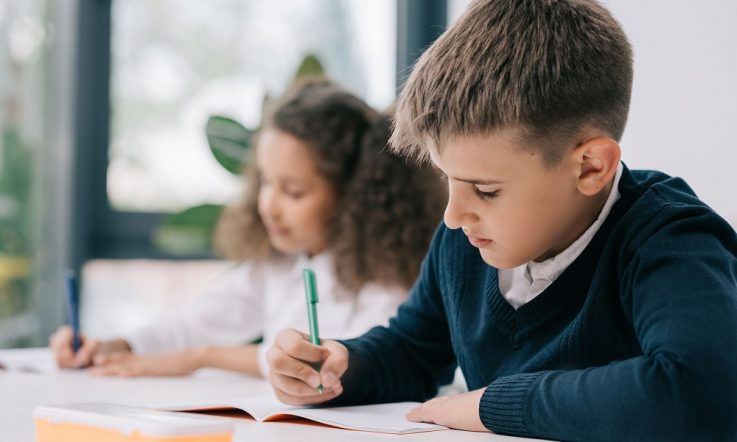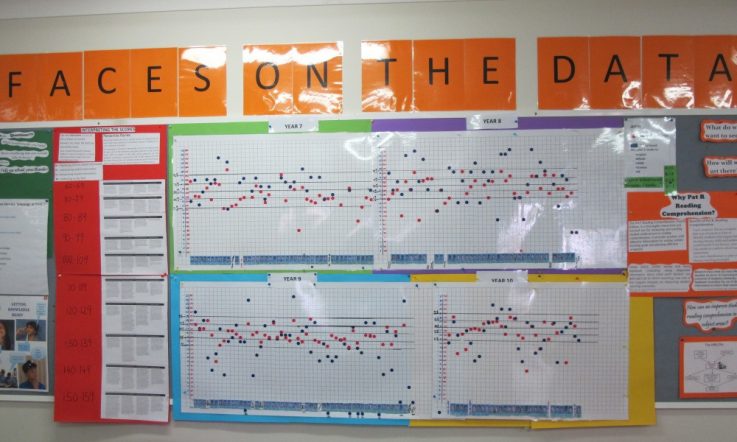Primary school principal Lorraine Evans believes every child can learn – maybe not at the same pace or in the same way, but everyone can learn. She is principal at Malak Primary School (MPS) in the northern suburbs of Darwin – a school she likens to Sleeping Beauty.
‘Like the princess in the fairy tale, we kind of had to wake up,' Evans tells Teacher. ‘But it wasn't a handsome prince, unfortunately, it was our data that woke us up.
‘Multiple data sets were telling us that if we were going to meet the needs and aspirations of our kids and our families, we had to change and we had to change quickly and drastically.'
MPS is a P-6 school with approximately 235 students. About 46 per cent of students identify as Aboriginal or Torres Strait Islander and 54 per cent have English as a second language. About a third of students are identified as having additional needs, which MPS call additional rights. Their ICSEA (Index of Community Socio-Educational Advantage) score is sitting lower than the 1000 average, at 808.
The main concern for MPS, Evans says, was their reading data. In 2016, more than 30 per cent of all students were below Foundation year standard in reading.
Individualised learning in the classroom
‘We had clear and specific skills in reading being implemented right across the school,' Evans explains. ‘Another thing we did around that urgency is that we actually put faces on the data. We literally cut up photos of the students and the teachers plotted them according to our reading data.'
Then, each teacher chose five students in their class to focus on and aimed to make a difference in their learning within the year. They took a deep dive into each student and developed individualised learning programs for them, Evans shares. Through this, teachers discovered that none of those five students were alone – there were similar needs for other students.
‘So, by planning for those five – truly, madly, deeply – our teachers were finding that they were impacting and meeting the learning needs of groups within their class.'
Another effective implementation has been ready-to-learn plans, which have been rolled out across the school.
‘We started with just using them with our Tier 3 kids, so they would be kids who have additional rights,' Evans explains. ‘We started with them last year and we just found that, that ready-to-learn plan was just so conducive to teachers and students understanding each other and reduced interruptions to learning so much we thought “wow, everyone needs this”.'
Many other elements have also come together to improve student learning.
‘If you go into a class you will see that there will be whole-class learning intentions and success criteria, but that is backed up by individual learning goals for kids in literacy and numeracy.' This might be a specific area of literacy, or a more general goal, Evans explains.
Data and bump-it-up walls are also an important feature in all classrooms, and are something the students have responded well to.
‘We've gone from teachers being really reluctant and worried about [self-]esteem and the impact that might have, to seeing that kids actually revel in the growth.
‘They get it. They get it that they're improving and they celebrate one another which has been beautiful to see,' Evans shares.
Turning the data around
MPS has gone from a place where, in 2016, more than 30 per cent of students were below Foundation year standard in reading, to less than 10 per cent of students reading below age-appropriate level in 2019.
‘We've got 86 per cent of our students have improved in reading, and the group that haven't – our teachers of the students, or I, could tell you why,' Evans shares.
In recognition for her work in improving student outcomes at MPS, Lorraine Evans has been named a 2019 Commonwealth Bank Teaching Fellow – an accolade presented annually to educators across the country in partnership with Schools Plus.
By having each teacher at MPS create individualised learning plans for five students of their choice, the needs of other students in their classrooms were addressed. How do you go about meeting the learning needs of all students in your classroom?
Lorraine Evans says teachers were initially reluctant to implement the use of data walls because they were worried about students' self-esteem. What has your experience been with using data walls? Has there been an impact on student self-esteem? How are you measuring this?



